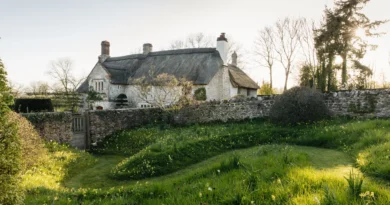The Green Market in Wrocław
We are planting trees on the Market Square in Wrocław
The cityscape is changing relentlessly, with districts undergoing renovations or expansions, new residential neighborhoods and public buildings emerging. Over the past decade, shopping centers and large residential complexes have dominated the city. Pocket parks have been created, tree plantings along the streets, and many places in Wrocław have undergone a thorough transformation, restoring the former glory of pre-war tenement houses. A perfect example of such a metamorphosis is the Nadodrze district, once a city’s concern, now attracting tourists and becoming a popular settlement for young people, breathing new life into the area.

There are many places in Wrocław waiting for a revival
The heart of the city and its brightest point, the Market Square, cannot be forgotten. Even here, the landscape has changed over the centuries, and not all elements of this scenery have always been present. Each era or generation has left its mark. The monument of Fredro was brought to Wrocław only in 1956. Until the mid-1970s, there was a gas station on the Market Square, and part of the square was used as a parking lot. Even in the 1970s, trams, buses, and cars could be seen passing through Wrocław’s market square.
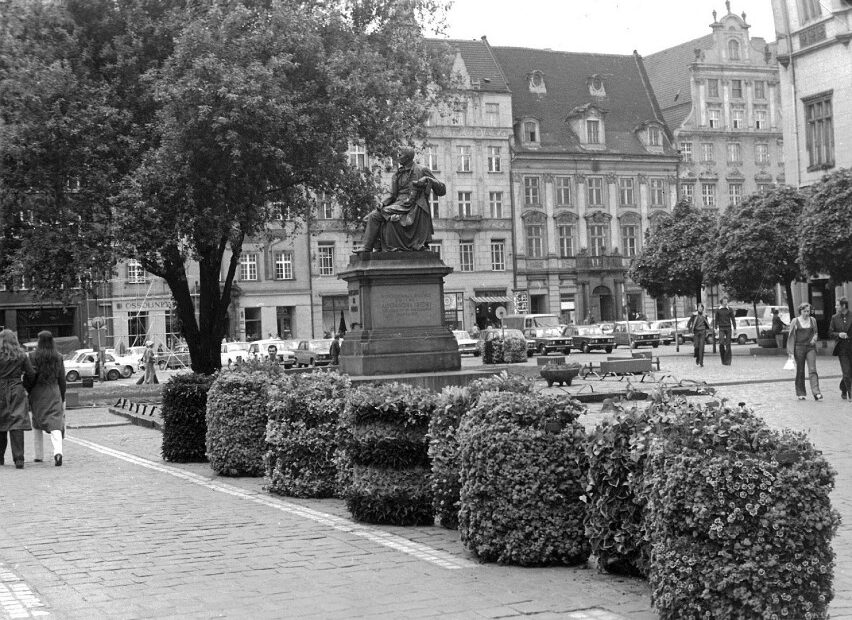
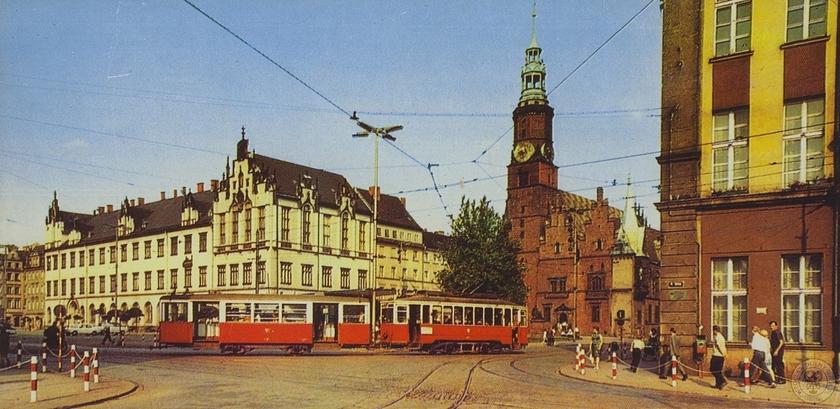
The fountain, too, was not always there, although it’s hard to believe. It was actually built in 1996. These are just a few examples of the ever-changing cityscape, a landscape that is worth reintroducing greenery to. The word “again” is intentionally used here because trees on the Market Square did exist in the past, as can be seen in archival photographs and engravings.

The idea of planting and replacing trees emerged long ago and has been germinating in our minds. Over time, this need has become increasingly stronger and supported by the voices of the residents. It turns out that after years of concrete dominance, people yearn for a closer connection with nature.
Greenery has existed on Wrocław's Market Square before
In 1948, next to the location where the Fredro monument stands today, a friendship tree was planted between Poland and Czechoslovakia. The beautiful poplar was meant to symbolize the friendship between our two nations. There is an anecdote that initially, a linden tree was supposed to be planted, but the authorities realized that the linden tree could evoke unfavorable associations. The poplar grew surrounded by a flower bed until 1996 when it was decided to cut it down and replace the flower bed with paving stones.

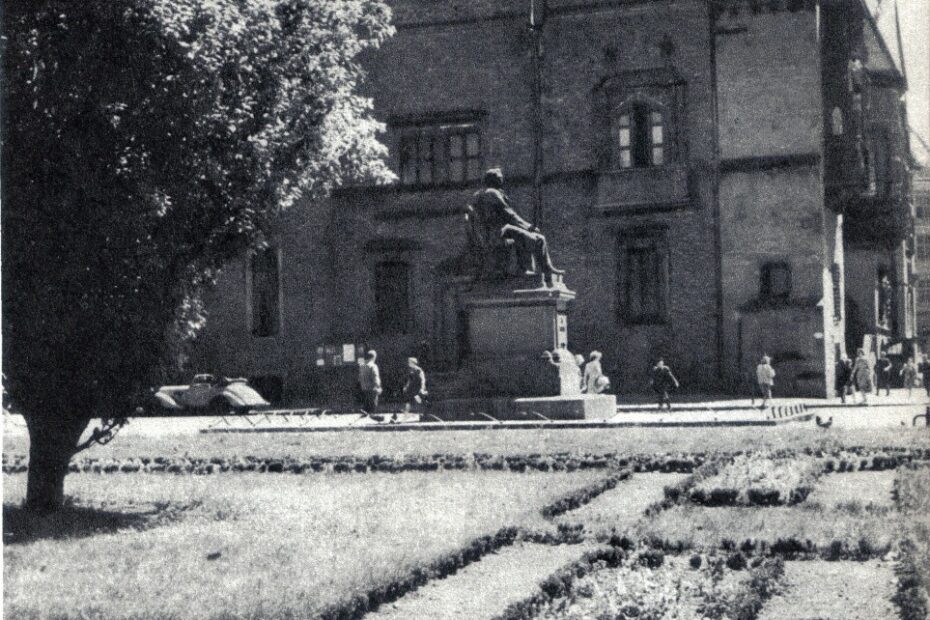
Even in engravings from the late 19th and early 20th centuries, as well as photographs from the mid-20th century, we can see that there was much more greenery on the Market Square than there is today.


Why do we need trees on the Market Square?
Although the Market Square is equipped with benches for residents, very few people actually use them. During spring and summer, the temperatures become unbearable, and the direct sunlight discourages both residents and tourists from resting there. In the summer, cooling hydrants are frequently connected to provide relief and comfort to passersby. However, the entire Market Square is exposed to sunlight from all sides, and it is not feasible or practical to connect hydrants in multiple locations. There is also another factor that disqualifies such a solution in the long run—it is environmentally unfriendly.

What will greenery on the Market Square change?
- It will provide shelter for residents on hot and rainy days
- It will increase the city's resilience to heatwaves and urban heat islands.
- It will permeate the pavement, increasing resilience to heavy rainfalls and flash floods.
- It will raise social awareness and knowledge about the importance of green spaces and environmental sustainability.
- It will promote good practices, such as sustainable urban development and responsible building practices.
- It will help purify the air by absorbing pollutants and releasing oxygen.
- It will promote the city by enhancing its aesthetic appeal and creating a more attractive and inviting environment for residents and visitors.
- Having greenery on the Market Square will meet the expectations of residents who value a livable and sustainable city.
Wrocław indeed has the opportunity to become the ecological capital of Poland, but it must face several challenges. Implementing significant changes in a historically and architecturally significant urban fabric like the Main Market Square is not easy. As we all know, the best and most sustainable results come from actions that are not necessarily grand in scale but consistent in their implementation. Small yet well-thought-out actions can yield significant results in the long run. It is worth adopting this mindset in our local context and begin introducing small but meaningful changes that will have a lasting impact on the future.
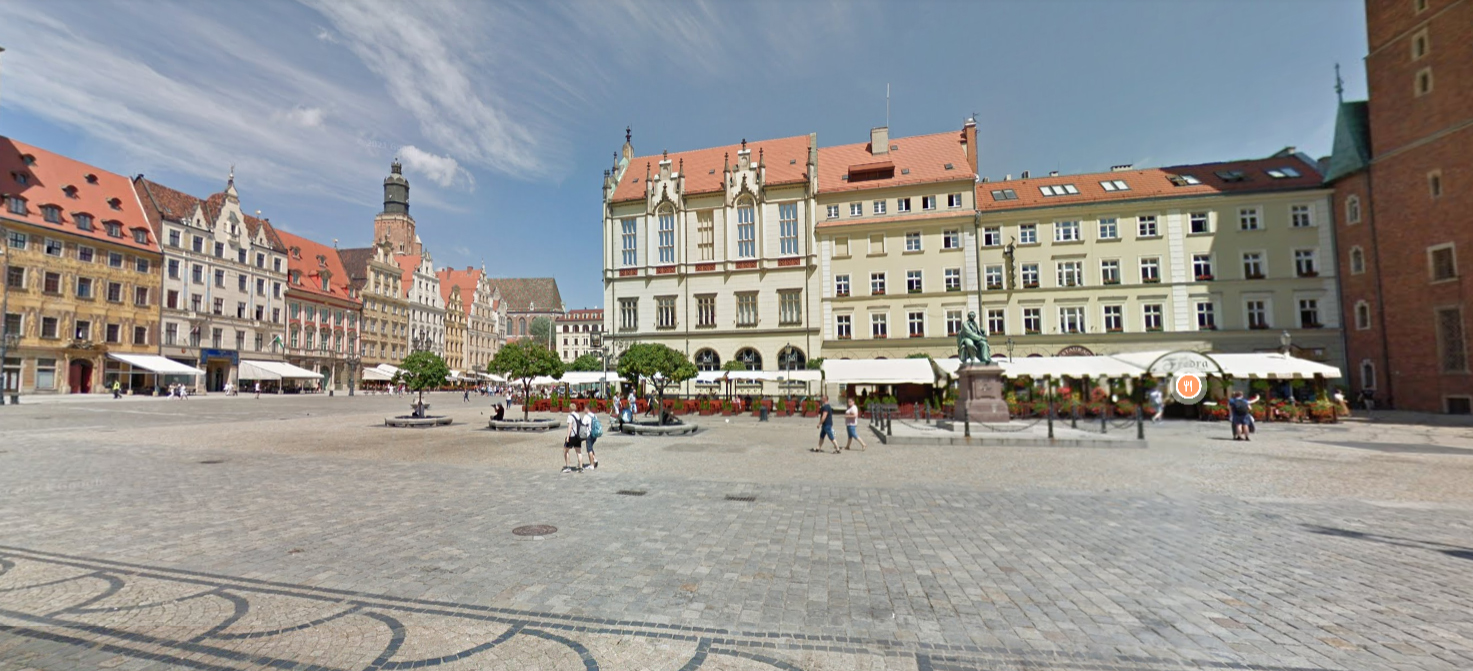

The reintroduction of trees in the Market Square will serve both functional and aesthetic purposes. Furthermore, such an initiative will help to permeate the surface and efficiently drain excess rainwater during heavy downpours.
The presence of greenery in the Market Square also pays homage to the city’s history, particularly the famous Polish-Czechoslovak friendship tree.
We propose engaging the residents in this initiative and naming each new tree after a renowned Wrocław citizen.
Of course, we must consider the primary purpose of the square, taking into account the limitations imposed by numerous events that take place in this location. Infrastructure and the frequency of events should be taken into account when designing the project.
At this stage, it is crucial to demonstrate that the residents are passionate about greening this space. The project will move on to the second phase, which involves a voting process, but it first needs the support of officials, including the heritage conservator. Please share our post on Facebook, leave comments, and with your support, we can definitely make it happen!
The visualization we presented is not a finalized project but rather a suggestion of where trees and greenery could be placed. We chose that particular area for the main composition because several decades ago, there was greenery in the same location. The proposed greenery will not interfere with the events held there. Additionally, we want to plant trees in the areas near the benches to provide shade and shelter during hot weather. The final project, the number of trees, and the design of the new benches should be consulted with the residents.




